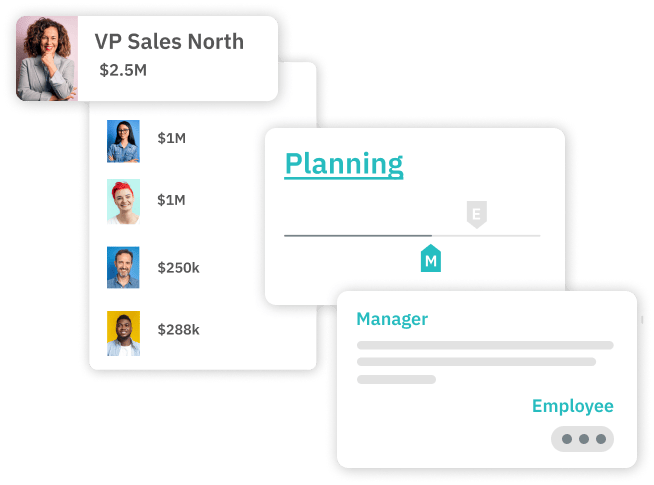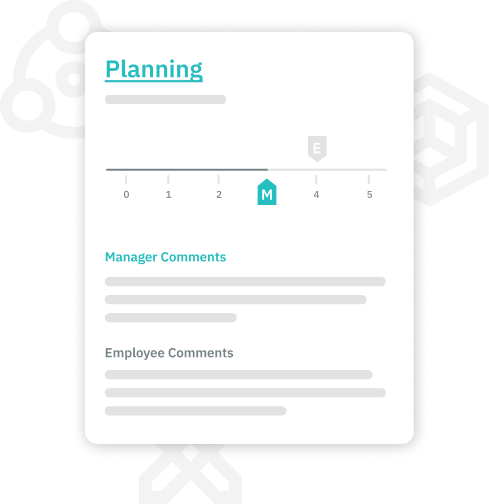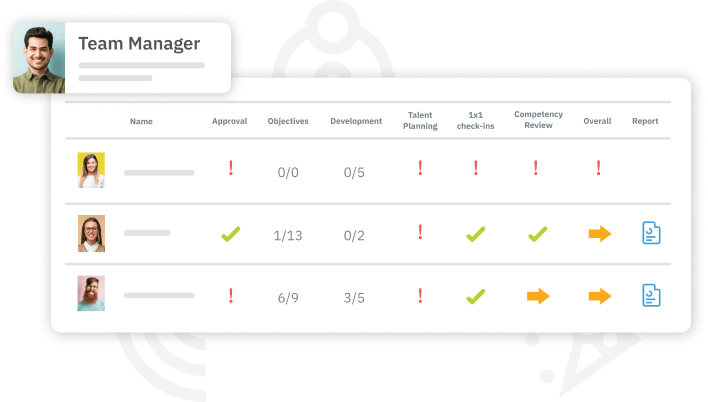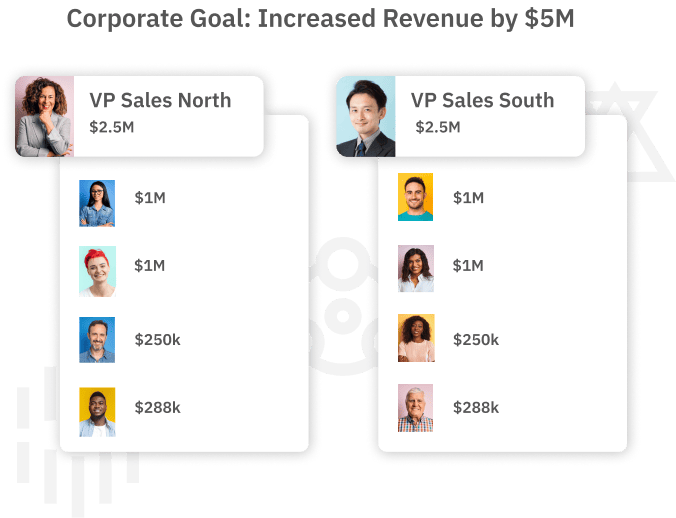As your business grows, you will want to integrate a structured oversight system that will help you manage employees. A performance management system is going to include software that helps track employee activity and enables regular feedback. The right system will speed up performance management and make it easier to deliver fair reviews.
With an effective performance management system in place, employers can:
- Track training progress and requirements
- Detail plans and expectations
- Set up reminders, notifications and checkpoints
- Clarify performance ratings and scores
- Increase timely feedback
- Incorporate a compensation model
- Access performance appraisals and reports
Managing employees in a way that encourages top performance can sound deceptively simple and tools are only as good as the hand wielding them. To increase productivity and quality, companies of all sizes could benefit from a performance management system. Examples of best practices to utilize your performance management system effectively include:
Defined Goals: Identifying leaders, clarifying tasks, improving remote productivity—performance management systems can do a lot, so determine what your company wants to accomplish.
Specified Roles: Always clarify expectations to give employees the best chance for success.
Appointed Monitors: Determine is in charge of watching employee progress and monitoring the system data to ensure things don’t fall through the cracks.
Frequent Coaching: Use the system to provide regular feedback and suggestions, rather than a yearly review that might come as a surprise and offers little chance for adjustment.
Actionable Feedback: Give clear guidelines for how performance can be improved with measures that define success or failure.
Professional Communication: Everything should stay professional and not be made into a personal attack. Focus on behavior and performance—not personality or characteristics.
System Integration: From alerts to learning resources, choose a system that will incorporate other tools seamlessly for more convenience.








